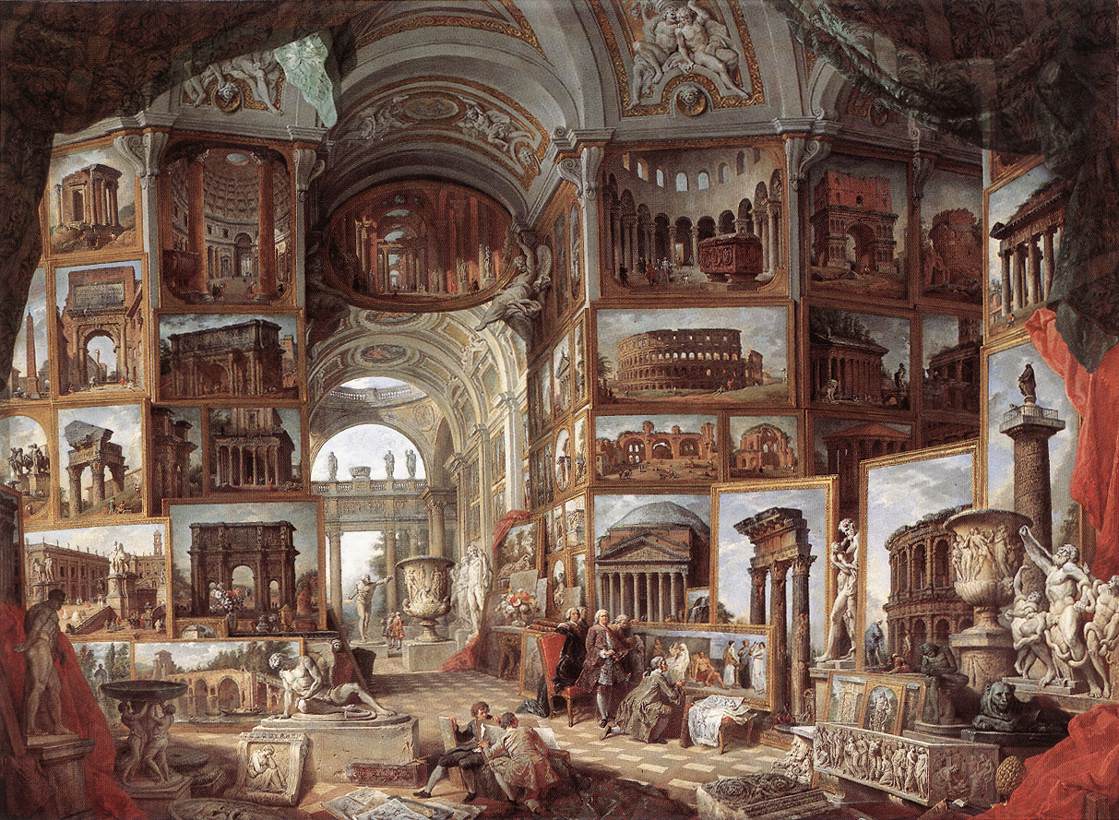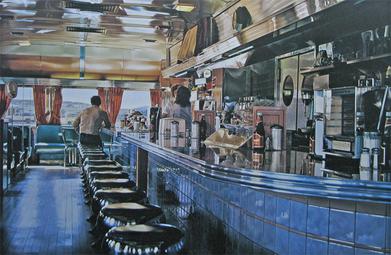Tuesday, September 23, 2008
EXPRESSIONISM

Expressionism is the tendency of an artist to distort reality for an emotional effect; it is a subjective art form. Expressionism is exhibiteinmany art forms, including painting, literature, .The term often implies emotional angst. In a general sense, painters such as Matthias Grünewald and El Greco can be called expressionist, though in practice, the term is applied mainly to 20th century works.
Posted by Milind Pandharkame at 9:31 AM 1 comments
FAUVISM

Les Fauves (French for The Wild Beasts) were a short-lived and loose grouping of early 20th century Modern artists whose works emphasizedpainterly qualities and strong colour over the representational values retained by Impressionism. While Fauvism as a style began around 1900 and continued beyond 1910, the movement as such lasted only three years, 1905–1907, and had three exhibitions.The leaders of the movement were Henri Matisse and André Derain.
Posted by Milind Pandharkame at 9:29 AM 1 comments
GRAFFITI
Graffiti (singular: graffito; the plural is used as a mass noun) is the name for images or lettering scratched, scrawled, painted or marked in any manner on property. Graffiti is sometimes regarded as a form of art and other times regarded as unsightly damage or unwanted. Some people think of it as art, others vandalism, and others, a culture of its own. Graffiti has existed since ancient times, with examples going back to Ancient Greece and the Roman Empire.[1]Graffiti can be anything from simple scratch marks to elaborate wall paintings. In modern times, spray paint andmarkers have become the most commonly used materials. In most countries, defacing property with graffiti without the property owner's consent is considered vandalism, which is punishable by law. Sometimes graffiti is employed to communicate social and political messages. To some, it is an art form worthy of display in galleries and exhibitions, to others it is merely vandalism. There are many different types and styles of graffiti and it is a rapidly evolving artform whose value is highly contested, being reviled by many authorities while also subject to protection, sometimes within the same jurisdiction.
Posted by Milind Pandharkame at 9:27 AM 0 comments
NEOCLASSICISM

Neoclassicism (sometimes rendered as Neo-Classicism or Neo-classicism) is the name given to quite distinctmovements in the decorative and visual arts, literature, theatre, music, and architecture that draw upon Western classical art and culture (usually that of Ancient Greece or Ancient Rome). These movements were dominant during the mid 18th to the end of the 19th century. This article addresses what these "neoclassicisms" have in common.
Posted by Milind Pandharkame at 9:24 AM 0 comments
PHOTOREALISM

Photorealism is the genre of painting based on making a painting of a photograph. The term is primarily applied to paintings from theUnited States photorealism art movement that began in the late 1960s, early 1970s. More recently, a splinter art movement calledhyperrealism has developed.
Posted by Milind Pandharkame at 9:21 AM 0 comments
PIN STRIPING
Pinstriping (pinstriping) is the application of a very thin line of paint or other material called a pin stripe, and is generally used for decoration. Freehand pin stripers uses a specialty brush know as a pinstriping brush. Fine lines in textiles are also called pin stripes. Automotive, bike shops, and do-it-yourself car and motorcycle mechanics use paint pin striping to create their own custom look on the automotive bodies and parts.
Posted by Milind Pandharkame at 9:19 AM 0 comments